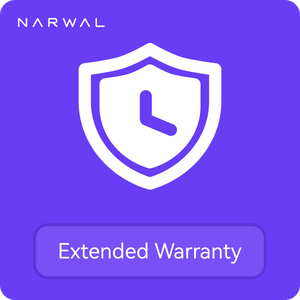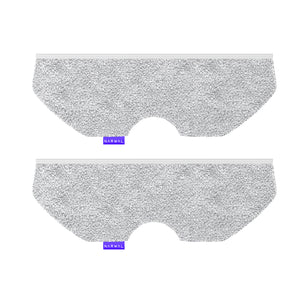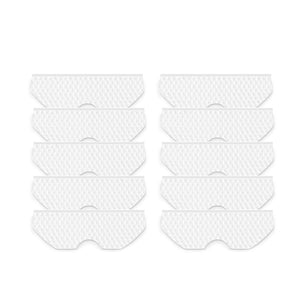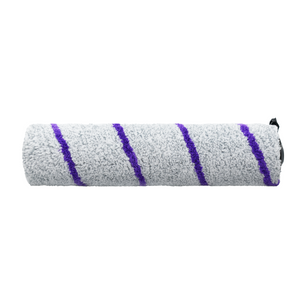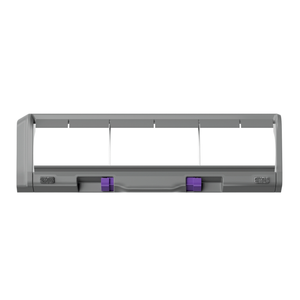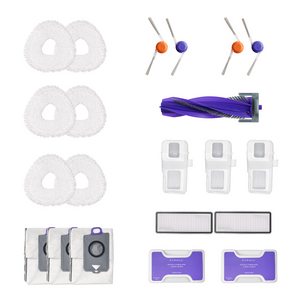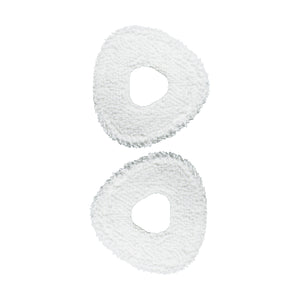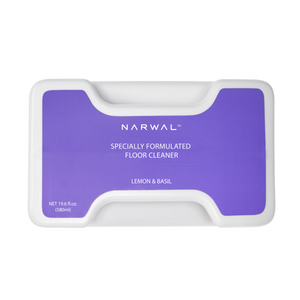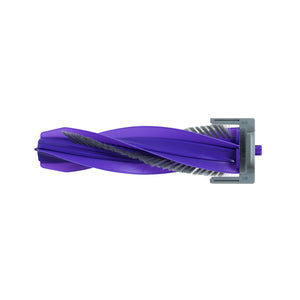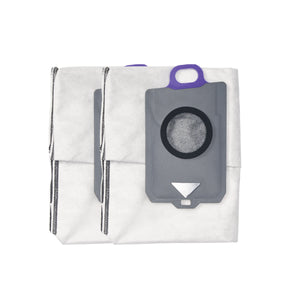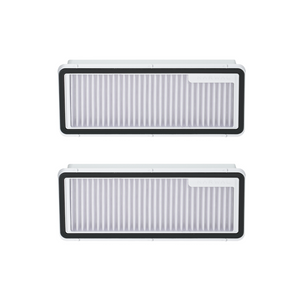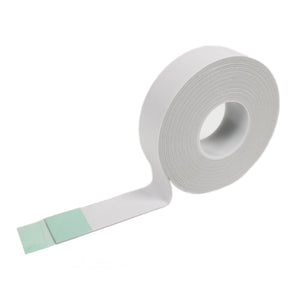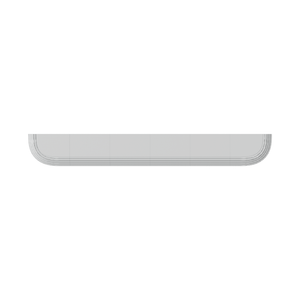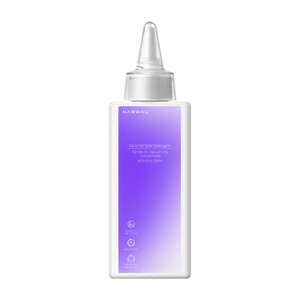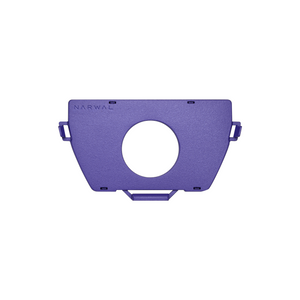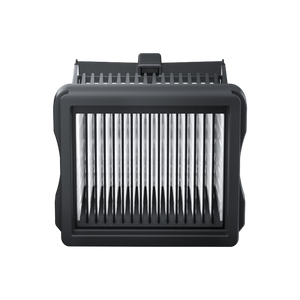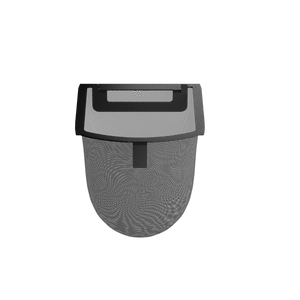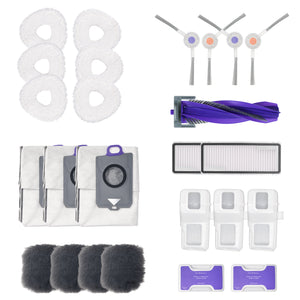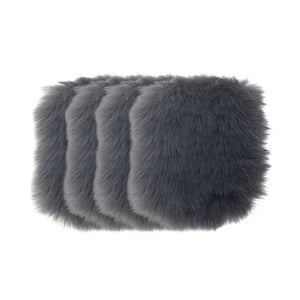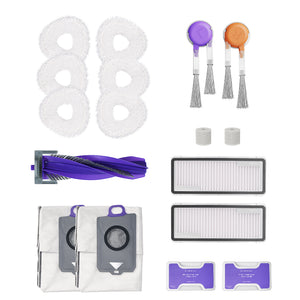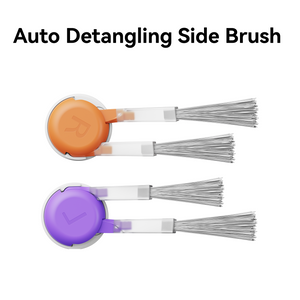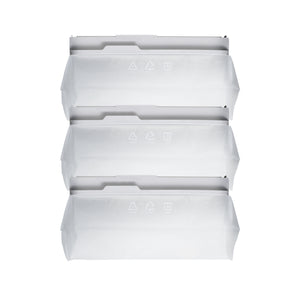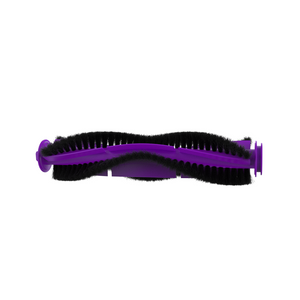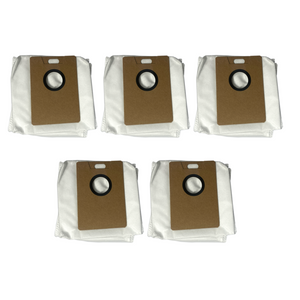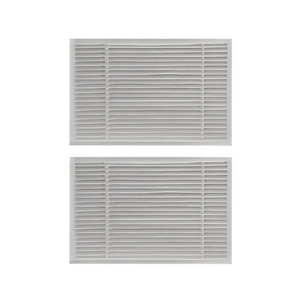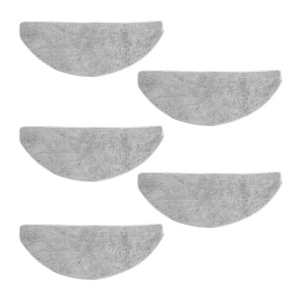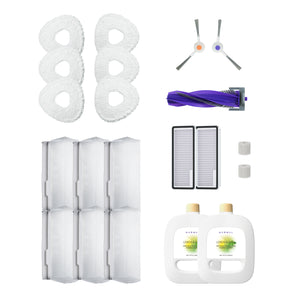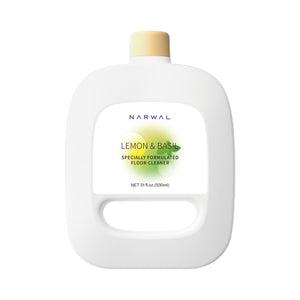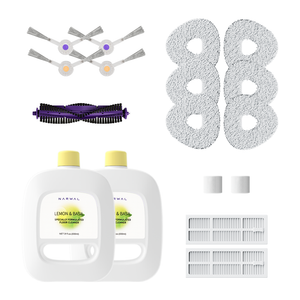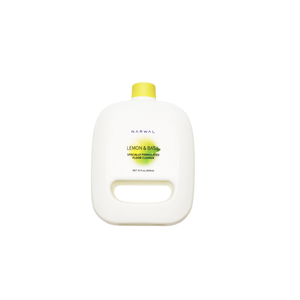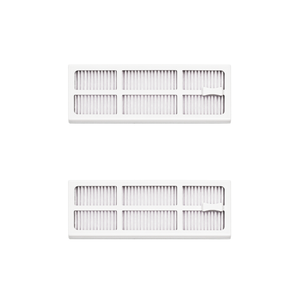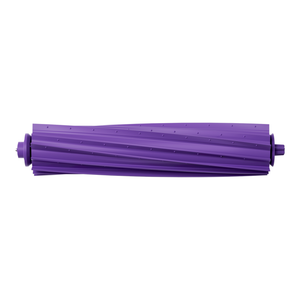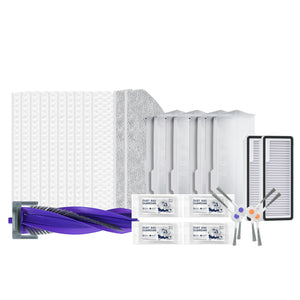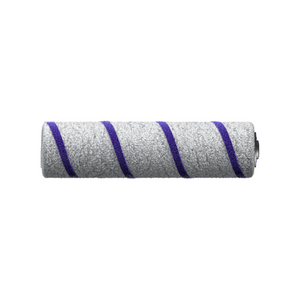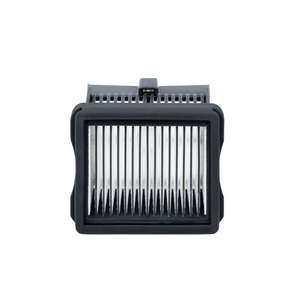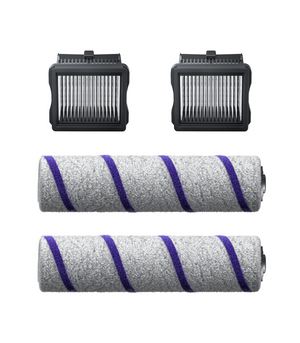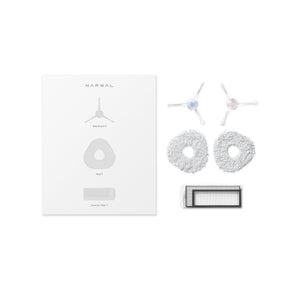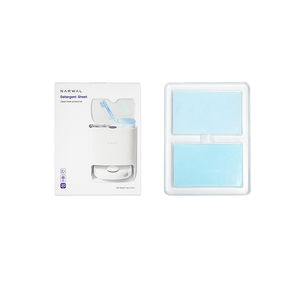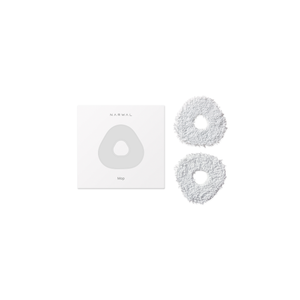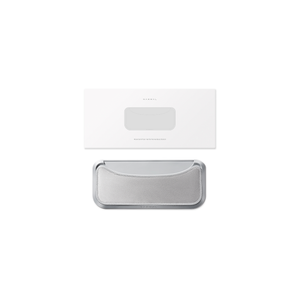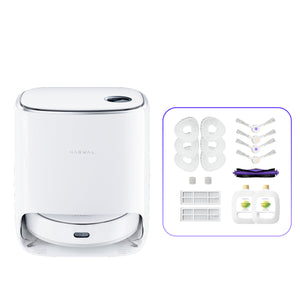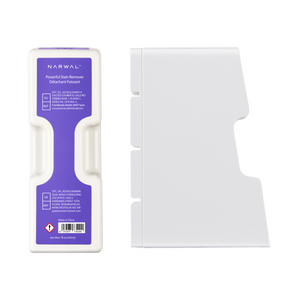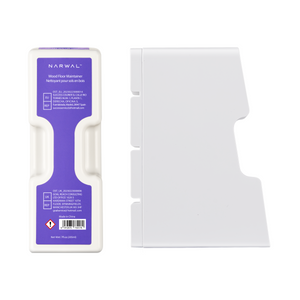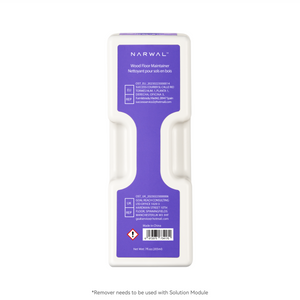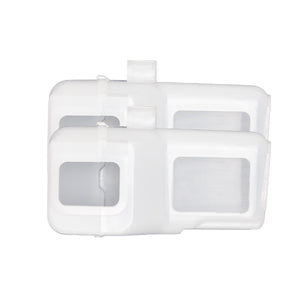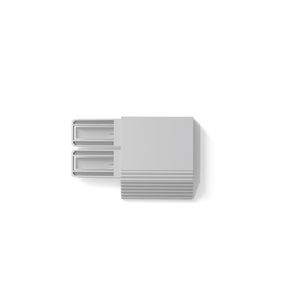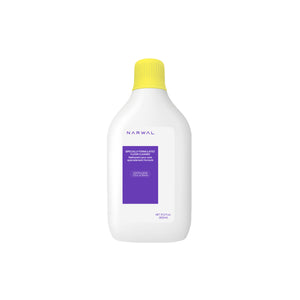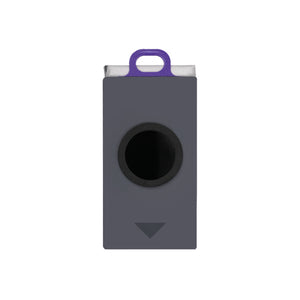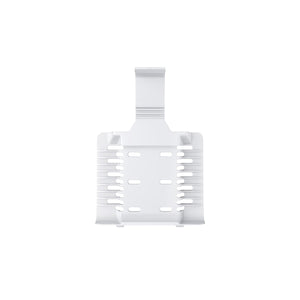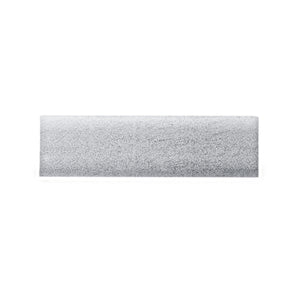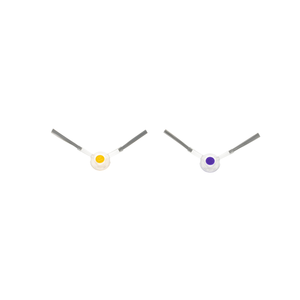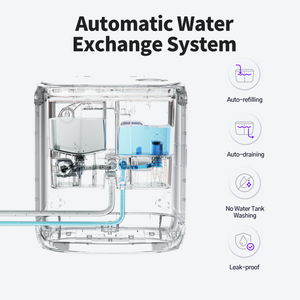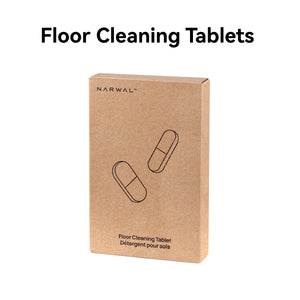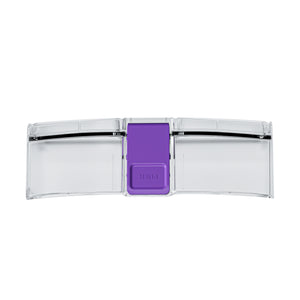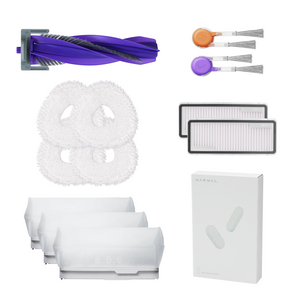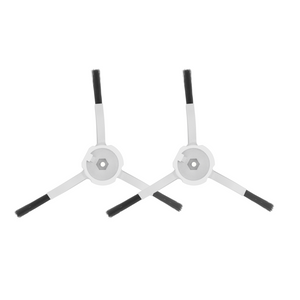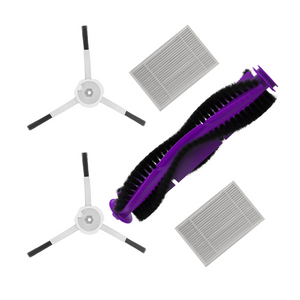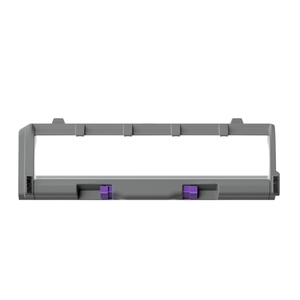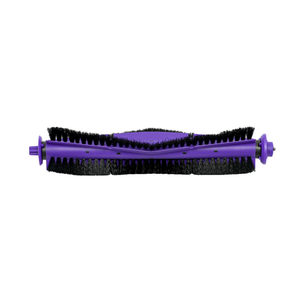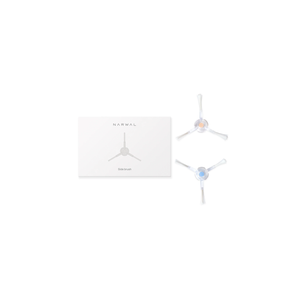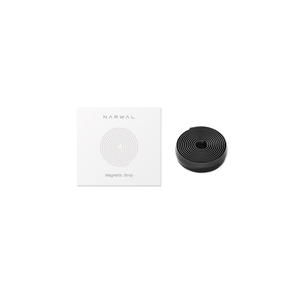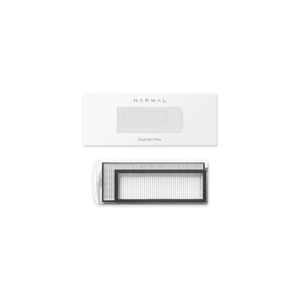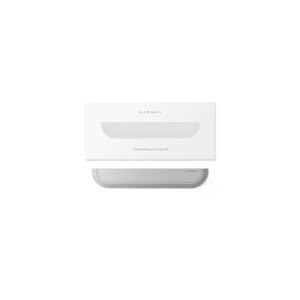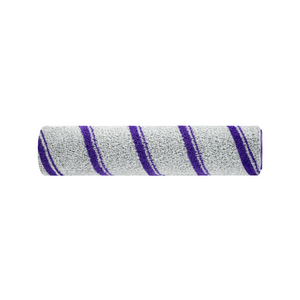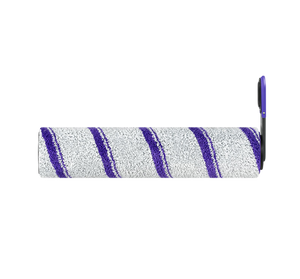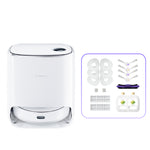Throughout this guide, we have explored what makes a solution safe, how much to use, and why alternatives and DIY options often do more harm than good.
When you have invested good money in a robot mop, it is simply not worth risking damage just to save a few dollars on a cleaning solution. The wrong liquid can clog the system, leave residue on your floors, or even void your warranty.
Throughout this guide, we have explored what makes a solution safe, how much to use, and why alternatives and DIY options often do more harm than good.
What Is the Best Cleaning Solution for Robot Mop?
When choosing the best cleaning solution for robot mop, it's crucial to use the official brand-approved liquid, whether for Narwal, iRobot, Roborock, Ecovacs, Shark, or other popular robot vacuum mop brands.
Using a generic or alternative cleaning solution for brands like Narwal or Dreame may impact cleaning performance and could void the device warranty. Always verify if your chosen solution is compatible with your robot model, such as Dreame X40 or Roborock S7, to avoid potential damage or residue buildup.
Why Brand-Specific Cleaning Solutions Are Best for Robot Mops?
Brand-specific solutions, such as Narwal cleaning solution alternative or Dreame cleaning solution alternative, are formulated to protect sensitive components and to support effective, streak-free cleaning. While some users search for alternative cleaning solutions for Ecovacs, Roborock or Shark robot vacuum mop models, the safest practice is to stick to the recommended fluids to protect both floors and the internal system, reducing the risk of voiding your warranty.
This also applies to brands like Roborock, Xiaomi, and Eufy. Using generic cleaners or third-party detergents—such as those marketed as a Roborock cleaning solution alternative or a Xiaomi robot vacuum mop detergent—may seem convenient, but they often reduce cleaning performance and can void your warranty.”
Built for compatibility
Official solutions are tested on the exact model they’re sold with. They won’t clog the spray nozzles, damage sensors, or affect the robot's cleaning performance.
Protects your warranty
Using a third-party cleaner may void your warranty. Manufacturer-approved formulas are the only ones guaranteed not to cause service issues.
Safe for your floors
Branded solutions are usually pH-neutral, low-foam, and residue-free. This ensures a streak-free finish without buildup on hardwood, tile, or laminate.
Better for long-term maintenance
Some third-party or homemade cleaners contain harsh chemicals or essential oils that can corrode parts or leave behind sticky films. Branded solutions are formulated to avoid these problems.
Take Narwal’s cleaning solution as an example. It is non-toxic when diluted correctly, easy on internal components, and optimized for the robot’s auto-cleaning system. This allows the mop to clean effectively without leaving behind odor, streaks, or system damage.
If you want consistent performance and a longer lifespan for your robot mop, sticking with the brand’s recommended solution is the smartest and safest approach.

How Much Cleaning Solution Should You Use?
The best cleaning solution for robot mop use depends as much on proper dosage as on the product itself. For robot vacuum mop brands like iRobot, Dreame, and Narwal, exceeding the manufacturer's recommended ratio can lead to sticky residue and could harm internal components.
If you are looking for a Narwal cleaning solution alternative, ensure the substitute is low-foam and residue-free, and always use precise measurements as you would with the original solution to maintain optimal performance.
Remember that more is not better.
Overdosing can lead to streaks, sticky residue on floors, and internal buildup that affects your robot’s performance. These devices are built for low-foam, low-concentration liquids. When the formula is too strong, cleaning becomes less efficient and maintenance issues become more likely.
A smarter solution is to let the robot do the mixing.
If you are using a Narwal robot, there is no need to measure anything. The base station automatically mixes the cleaning solution with water using a precise, optimized ratio. This removes guesswork, protects the machine, and delivers consistent results every time.
For Narwal users, the S30 Pro Wet Dry Vacuum pairs seamlessly with the official Narwal floor cleaning solution. With auto solution dispensing, 20,000Pa suction power, and a 194°F self-clean system, the device is optimized to deliver streak-free cleaning without the risks of third-party liquids.
[cta:narwal-s30-pro-wet-dry-vacuum]
If you need to mix manually
For
robot mops that require manual mixing, follow the label instructions closely. A 1 to 200 ratio, for example, means adding 5 millilitres of cleaning fluid to a 1-litre tank. It is best to measure with a dropper or spoon to avoid overpouring.
How to tell if your ratio is wrong?
Watch the results after a cleaning cycle. If your floors look streaky, feel sticky, or carry a strong smell, you may be using too much solution. On the other hand, if the surface dries quickly and feels clean to the touch, your ratio is likely correct.
Can You Use Any Alternative Solution in a Robot Mop?

No, it is not recommended to use alternative cleaning solutions in a robot mop.
Robot mops are engineered to work with specific cleaning formulas. Using a product that was not designed for your device, even something as common as floor cleaner or vinegar, can cause more harm than good.
1. Risk of internal damage
Many general-purpose cleaners contain foaming agents, alcohols, or oils that are not suitable for robotic systems. These ingredients can clog internal tubing, disrupt sensors, or strain the water pump.
Most household cleaners are also ionic, which makes them chemically reactive in ways that can corrode internal parts over time. In contrast, manufacturer-approved solutions are usually non-ionic, which helps protect delicate components while still cleaning effectively.
2. Performance issues from residue buildup
Even if a cleaner appears to work at first, it may leave behind invisible residues. These can accumulate in the tank, spray nozzles, and mop lines, slowly reducing water flow and cleaning efficiency. Over time, the mop may take longer to clean, cover less area, or leave damp spots behind.
3. Streaks and surface buildup on floors
Alternative cleaners can also create streaks or sticky patches on hard floors. This is especially problematic on laminate, tile, or wood where certain chemicals can react with the surface finish. What starts as a quick fix may end up dulling or damaging your flooring.
4. Warranty concerns
Many manufacturers clearly state that using non-approved cleaning products will void your warranty. That means if a cleaner causes even minor damage, you could be left with a costly repair and no support.
5. Plain water is a safer backup
If you are in a situation where you have no access to the official cleaning solution, plain water is the safest alternative. It will not harm your robot and can handle light dirt until you restock the recommended fluid.
Users of Roborock, Eufy, and Xiaomi robot vacuum mops have reported similar issues when trying third-party or DIY cleaners. While alternatives are often labeled as ‘Eufy robot mop cleaning solution’ or ‘Roborock cleaning solution,’ these are not tested by the manufacturers and can lead to streaks, clogged nozzles, or reduced battery life.
Choosing a cleaning product that was not made for your robot mop might save time or money in the short term. However, in the long run, it increases the risk of wear, performance decline, and repair costs. The most dependable and efficient option is always the one approved by the manufacturer.
Can You Use Homemade or Natural Alternatives for Robot Mop?
No, homemade or natural cleaning solutions are not recommended for use in a robot mop.
Although ingredients like vinegar or dish soap are common in household cleaning, they can damage your robot’s internal components or leave unwanted residue. If you run out of official cleaner, plain water is a much safer temporary option.
Below are some common DIY ingredients and the risks they pose when used in a robot mop.
Common DIY Cleaners and Their Risks
Vinegar
Vinegar is acidic and can corrode metal parts inside your mop’s water system. It may also break down protective coatings on certain flooring types, especially stone and hardwood.
Baking soda
When mixed with water, baking soda leaves behind a fine residue that can clog nozzles, filters, and tubing. It also does not fully dissolve, which increases the risk of buildup over time.
Dish soap
Most dish soaps are designed to foam. Even a small amount can produce excessive bubbles that overflow or disrupt the spray system. Foam buildup may also trigger cleaning errors.
Essential oils
Though they smell pleasant, essential oils are oily by nature. They can coat internal surfaces, clog sensors, or create a greasy film on your floors. Some may even stain mop pads or damage plastic parts.
Some oils, like tea tree oil, are also toxic to pets. If your dog or cat licks the floor after mopping, even a small amount of residue could pose a health risk.
Hydrogen peroxide or bleach
Both are powerful disinfectants but can be too harsh for internal components and delicate flooring. They may also react with rubber seals and damage the machine over time.
If you want to avoid these risks, the safest choice is to use the solution recommended by your robot’s manufacturer. It is formulated to clean effectively without damaging the system or altering the appearance of your floors.
Can I Use Pine Sol in My Robot Mop?
No, it is not recommended to use Pine Sol in a robot mop.
Pine Sol contains ingredients that can be too harsh for robotic systems. It may leave sticky residue inside the water tank and spray system. Over time, this can clog the parts and reduce cleaning performance. Using strong chemical cleaners may also void the warranty. Stick with approved solutions or plain water to keep your robot working properly.
Can You Use Cleaning Solutions in a Robot Mop?
Yes, you can. But only brand-approved cleaners or plain water are considered safe.
Using the wrong solution can damage the robot’s internal system or leave residue on your floors. Brand-specific cleaners are tested for safety and performance. If you do not have access to the official product, plain water is the safest backup.

Best Cleaning Solution for Robot Mop: Community Recommendations You Can Trust
When searching for the best cleaning solution for robot mop, many users turn to online communities like Reddit and Facebook groups. Real-world experiences show a common pattern: while DIY mixes such as vinegar or dish soap may seem cost-effective, they often lead to clogged nozzles, sticky residue, or unpleasant odors.
As one Roborock owner shared:
“I tried vinegar in my robot mop, but it left streaks and a sour smell. Switching back to the official cleaner fixed everything immediately.”
The community consensus is clear—brand-approved formulas, whether it’s the Narwal cleaning solution, a Dreame cleaning solution alternative, or an iRobot cleaning solution alternative, are the safest choice. They are designed for compatibility, protect your warranty, and deliver streak-free results.
For Narwal owners, especially with the S20 Pro or S30 Pro, the official solution has another edge: it’s automatically mixed with water, guaranteeing the right ratio every time.
[cta:narwal-s20-pro-vacuum-mop]
In short, user recommendations align with expert advice—stick with brand-approved cleaners like the Narwal floor cleaning solution to protect both your robot mop and your floors.
Expert Opinions and Reviews on the Best Cleaning Solution for Robot Mops
Experts agree that the best cleaning solution for robot mop is always the brand-approved formula. These solutions are tested for compatibility, ensuring they won’t clog spray nozzles, damage sensors, or leave streaks on sensitive flooring.
According to Narwal’s internal lab tests, using non-approved cleaners increased nozzle blockage rates by over 30% compared to the Narwal cleaning solution. Similar results were observed in tests with other brands like iRobot and Roborock, where third-party cleaners left residue that reduced cleaning efficiency.
Independent reviews from tech websites also highlight this risk. TechRadar, for example, emphasizes that sticking with official cleaning solutions is the only way to guarantee performance and protect your warranty.
In short, both expert analysis and independent reviews confirm what communities already say: whether you own a Narwal, iRobot, Dreame, or Ecovacs, the safest and most effective choice is always the brand-approved cleaning solution.
Choose the Best Cleaning Solution for Robot Mop to Protect What Matters
Choosing the right cleaning solution is not just about what goes into the tank. It reflects how much you value your robot’s performance and your home’s cleanliness.
At its core, the safest and most effective choice is simple. Use the cleaning liquid made for your machine. It protects your investment, ensures a streak-free clean, and removes the uncertainty from your daily routine.
If you are using Narwal, you are already one step ahead. Narwal’s solution is scientifically balanced, automatically mixed by the base station, and optimized for both hygiene and hardware. With just one bottle, you get peace of mind, floor to floor, day after day.
Make your robot mop work smarter by choosing the solution it was built to trust.
FAQs
Is it safe to mix Pine Sol with vinegar in a robot mop?
No. Both liquids are unsuitable on their own, and mixing them can create stronger residues that may harm your robot mop.
Can Dawn dish soap be used in a robot mop?
No. Dish soaps like Dawn create too much foam, which can clog the system and cause errors.
Should vinegar be added to a robot mop cleaning solution?
No. Vinegar is acidic and can corrode metal parts or damage flooring finishes.
Can disinfectants such as Dettol be used in robot mops?
Not recommended. Harsh disinfectants can damage seals, tubing, and internal components.
Is Bona floor cleaner compatible with robot mops?
No. Bona has not been tested for robot mop systems and may leave residue or cause malfunctions.
What type of cleaners are considered pH neutral for robot mops?
Most brand-approved cleaning solutions are pH neutral, low-foam, and designed for safe use with robot mops.











